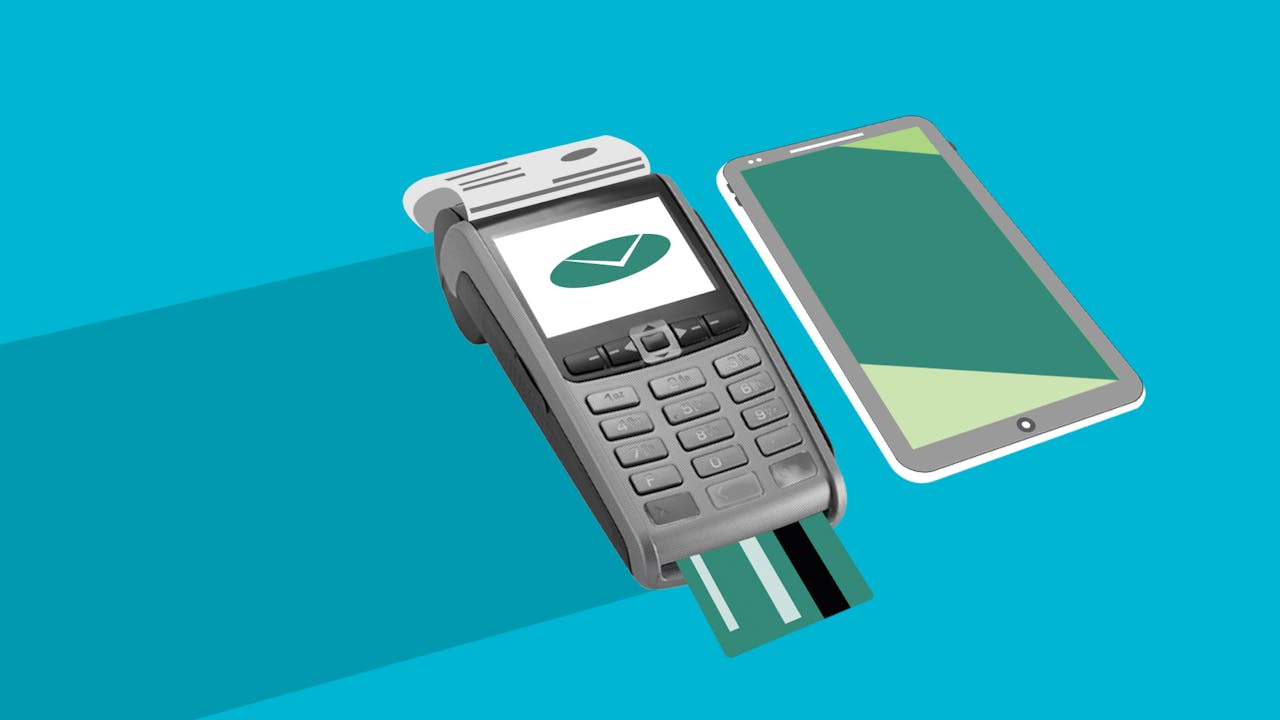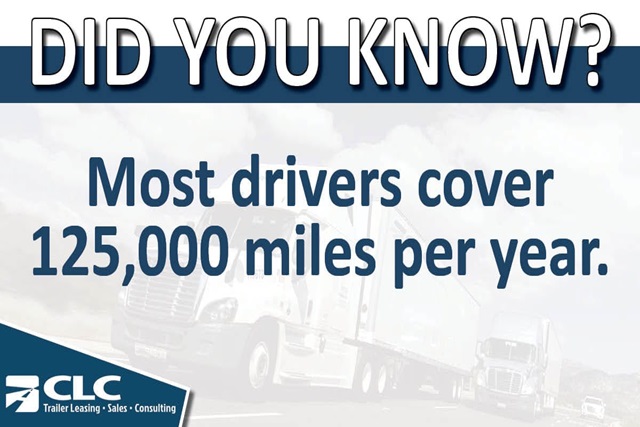The Crucial Role of Payment Processing
In today’s digital age, payment processing serves as the backbone of financial transactions, facilitating the seamless transfer of funds between individuals, businesses, and financial institutions. From online purchases to in-store transactions, payment processing plays a pivotal role in enabling economic activity worldwide. Let’s explore the intricacies of payment processing and its significance in the modern economy.
What is Payment Processing?
Payment processing refers to the series of steps involved in authorizing, verifying, and completing a financial transaction between a payer and a payee. It encompasses various technologies, protocols, and entities working together to ensure the smooth transfer of funds securely and efficiently.
The Payment Processing Ecosystem
Payment Gateway: Acting as a bridge between merchants and payment processors, a payment gateway facilitates the secure transmission of transaction data from the merchant’s website to the payment processor.
Payment Processor: Also known as an acquiring bank or merchant bank, a payment processor verifies the transaction details, authorizes the payment, and transfers funds from the payer’s account to the merchant’s account.
Card Networks: Major card networks like Visa, Mastercard, American Express, and Discover oversee the global infrastructure for card-based transactions, setting interchange fees, rules, and standards for payment processing.
Issuing Bank: The issuing bank issues credit or debit cards to consumers and is responsible for authorizing transactions and transferring funds from the cardholder’s account to the merchant’s account.
The Payment Process: From Authorization to Settlement
Authorization: When a customer initiates a payment, the merchant sends the transaction details to the payment processor for authorization. The payment processor then communicates with the card network and the issuing bank to verify the transaction’s legitimacy and the availability of funds.
Authentication: Depending on the payment method and security measures in place, the payer may need to authenticate their identity through methods like PINs, passwords, or biometric verification.
Clearing: Once the transaction is authorized, the payment processor forwards the transaction details to the card network for clearing. During this stage, the funds are transferred from the issuing bank to the merchant’s acquiring bank.
Settlement: Finally, the acquiring bank settles the funds into the merchant’s account, completing the payment process. Settlements typically occur within a few business days, depending on the payment method and banking processes involved.
Types of Payment Processing
Card Payments: Credit and debit card payments are among the most common forms of payment processing, offering convenience and widespread acceptance.
Digital Wallets: Digital wallet providers like PayPal, Apple Pay, and Google Pay enable users to store payment information securely and make purchases online or in-store with ease.
Bank Transfers: Electronic funds transfers (EFTs) allow individuals and businesses to transfer funds directly from one bank account to another, bypassing traditional card networks.
Cryptocurrency Payments: With the rise of cryptocurrencies, merchants increasingly accept digital currencies like Bitcoin and Ethereum as a form of payment, leveraging blockchain technology for secure and decentralized transactions.
Challenges and Innovations
While payment processing has revolutionized commerce, it faces several challenges, including:
Security Concerns: Payment fraud, data breaches, and identity theft pose significant risks to both consumers and merchants, necessitating robust security measures and encryption protocols.
Regulatory Compliance: Compliance with various regulations, such as PCI DSS (Payment Card Industry Data Security Standard) and GDPR (General Data Protection Regulation), adds complexity and costs to payment processing operations.
Integration and Interoperability: Integrating diverse payment methods and systems into a seamless and interoperable infrastructure remains a challenge for merchants and payment service providers.
However, ongoing innovations such as tokenization, biometric authentication, and real-time payments are addressing these challenges, paving the way for safer, faster, and more efficient payment processing solutions.
Shaping the Future of Commerce
Payment processing serves as the lifeblood of modern commerce, enabling individuals and businesses to transact securely and conveniently across the globe. As technology continues to evolve and consumer preferences shift, payment processing will undoubtedly undergo further transformations, shaping the future of commerce in an increasingly interconnected and digital world.



